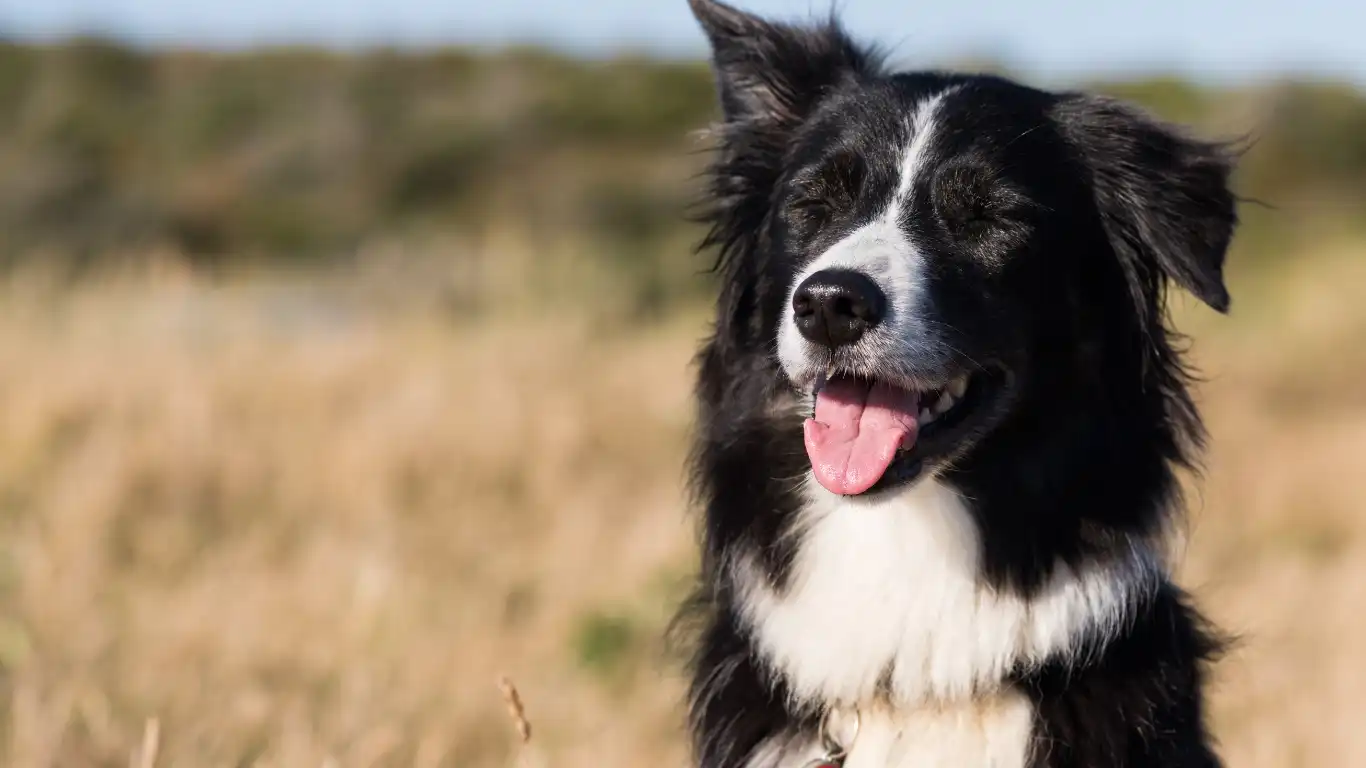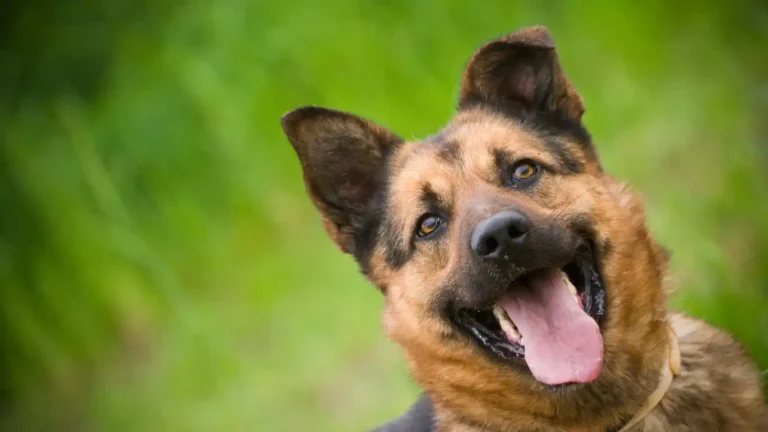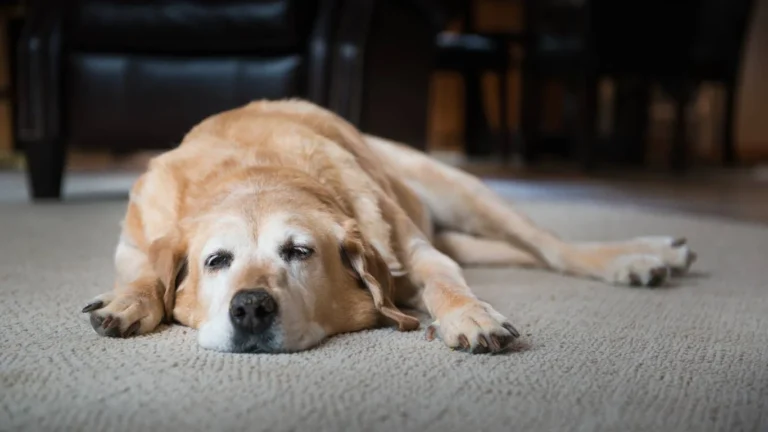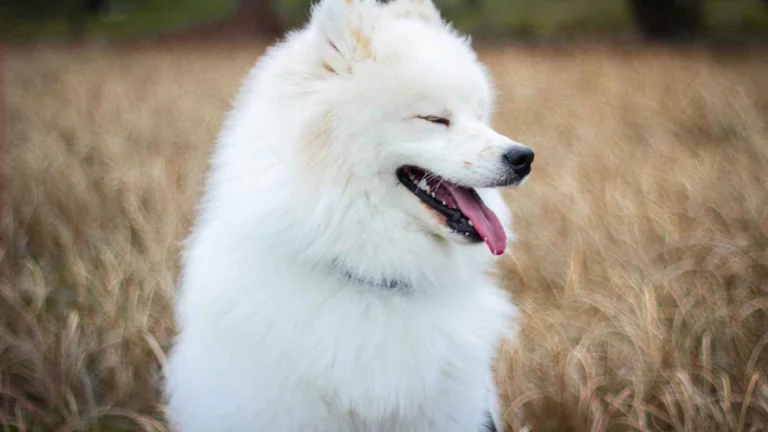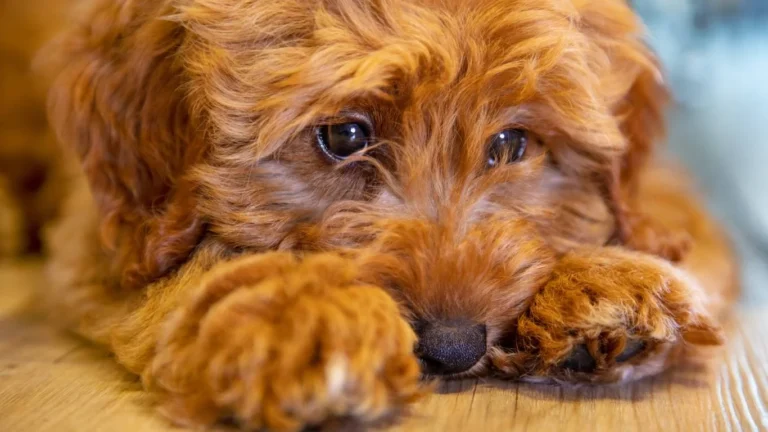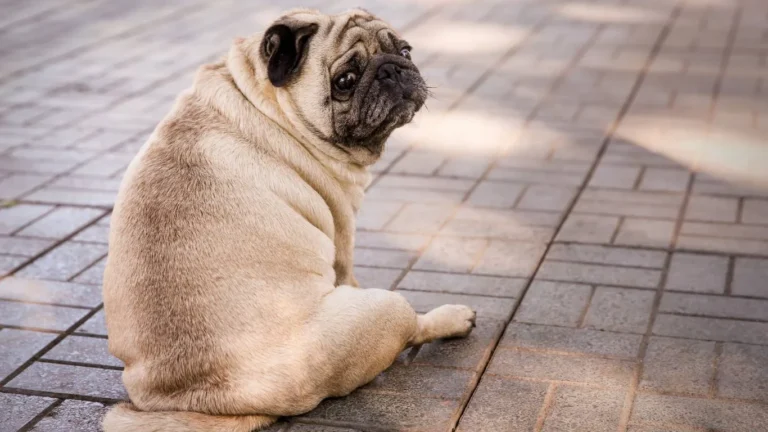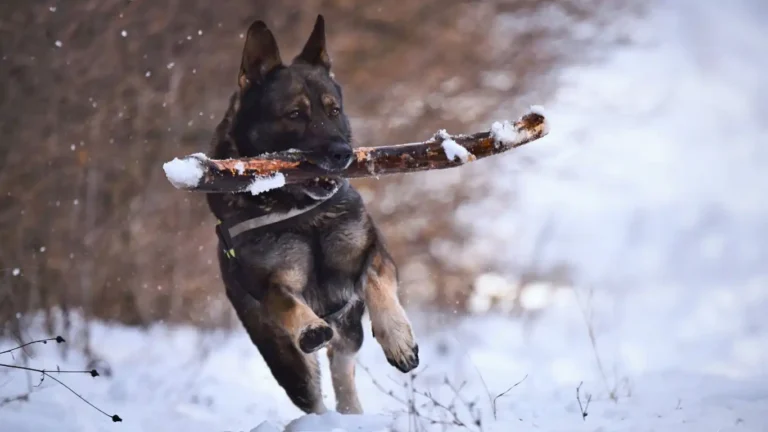Best Tips for Brushing a Thick-Coated Dog That Actually Work
If you’ve ever found yourself tangled—literally—in the challenge of grooming a thick-coated dog, you’re not alone. As a Veterinary Technician with a special focus on pet nutrition, I’ve had more than a few fluff-battles myself. So, let’s talk real: the best tips for brushing a thick-coated dog don’t come from reading labels on brushes—they come from hands-on experience, a bit of patience, and knowing how to read your pup’s behavior. I’m here to share the good, the frustrating, and the surprisingly simple tricks that can transform your brushing routine from chaos to calm.
Why Brushing Matters More Than You Think
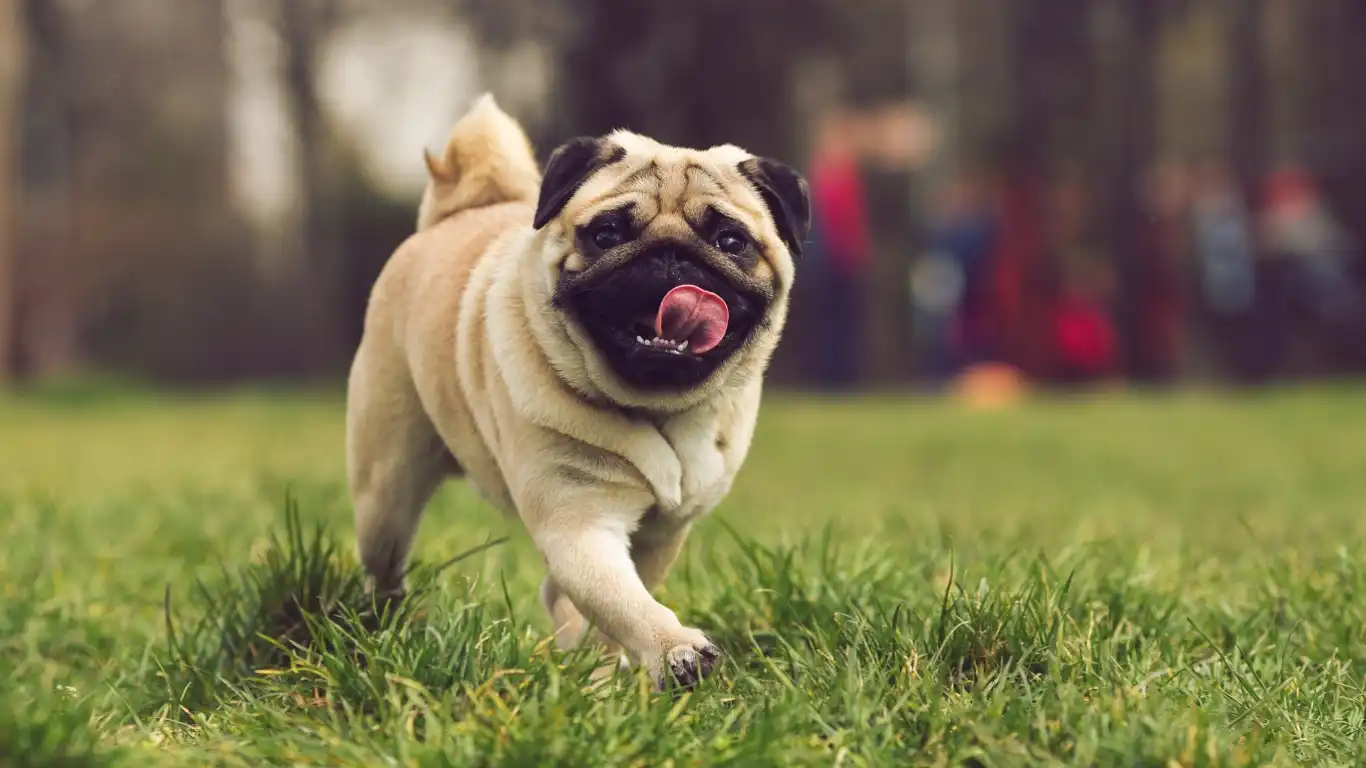
Thick-coated breeds like Huskies, Malamutes, Golden Retrievers, and Bernese Mountain Dogs aren’t just rocking a fabulous look—they’ve got coats that work hard to regulate their body temperature, protect their skin, and even ward off minor injuries. But here’s the thing: that double coat can trap a whole ecosystem of dead hair, debris, dander, and sometimes even parasites if not properly maintained.
Neglect brushing long enough, and you’re looking at matting, hot spots, and a big grooming bill. Trust me, I’ve seen too many pups end up in the clinic with irritated skin simply because their coat care fell by the wayside. That’s why I always tell my clients—regular brushing isn’t optional, it’s essential care.
Understanding Your Dog’s Coat Type
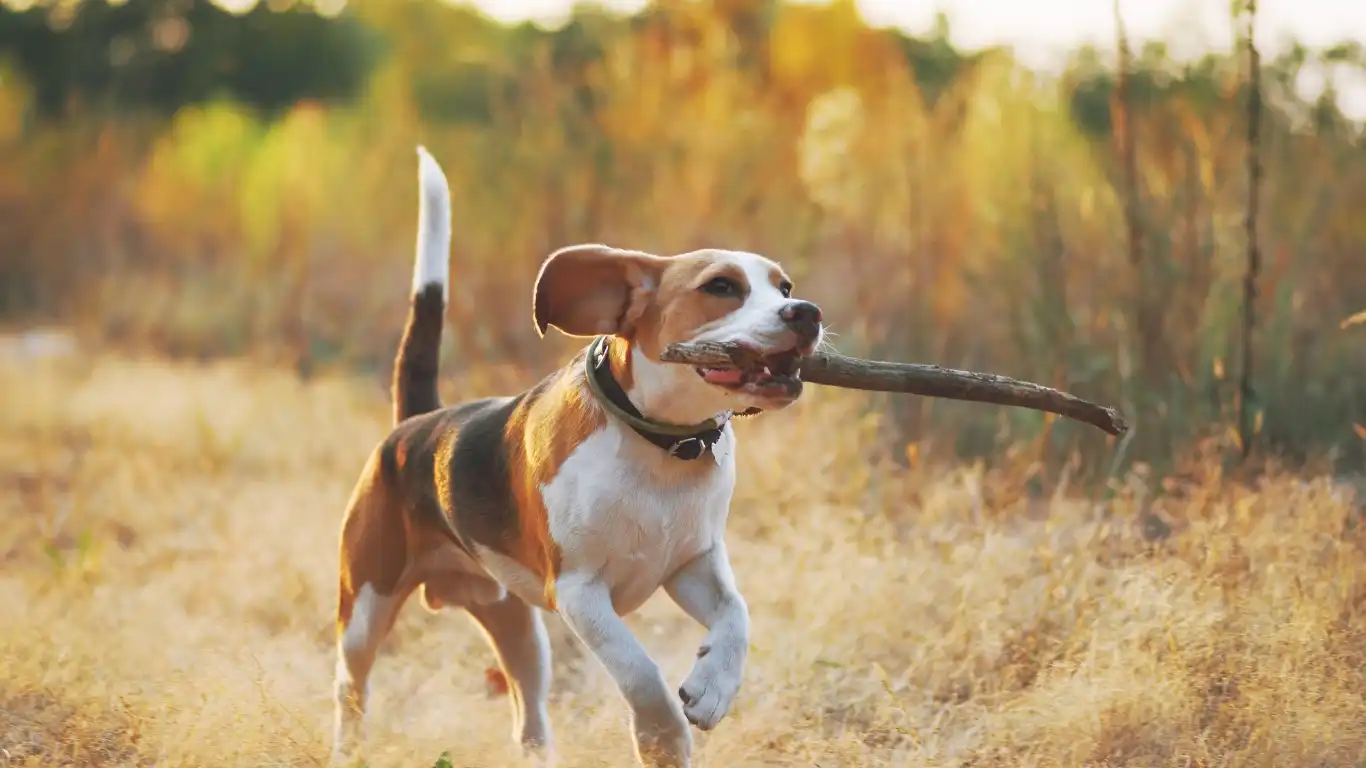
The Double-Coated Dilemma
Most thick-coated dogs have what we call a double coat—an insulating undercoat and a protective topcoat. The undercoat is soft, dense, and sheds seasonally (read: you’ll find tumbleweeds of fur rolling across your hardwood floor twice a year). The outer layer is coarser and repels dirt and water. It’s a smart system—until it isn’t brushed regularly.
Every spring and fall, these dogs “blow” their coats, which is just a dramatic way of saying you’re about to battle a storm of shedding fur. If you’ve ever ended a brushing session with a whole extra dog’s worth of fluff in your trash bin, welcome to the club.
Breed-Specific Nuances
Not all thick coats are created equal. For example:
- Huskies: Need frequent brushing but are prone to dry skin, so gentle tools are a must.
- Golden Retrievers: Have feathering on legs and tails that mats easily—especially if they’re active swimmers.
- Chow Chows: Their lion-like mane can trap moisture, leading to fungal infections if not kept dry and clean.
Knowing what kind of coat your dog has helps you tailor your grooming game plan, instead of relying on one-size-fits-all advice.
Best Tips for Brushing a Thick-Coated Dog
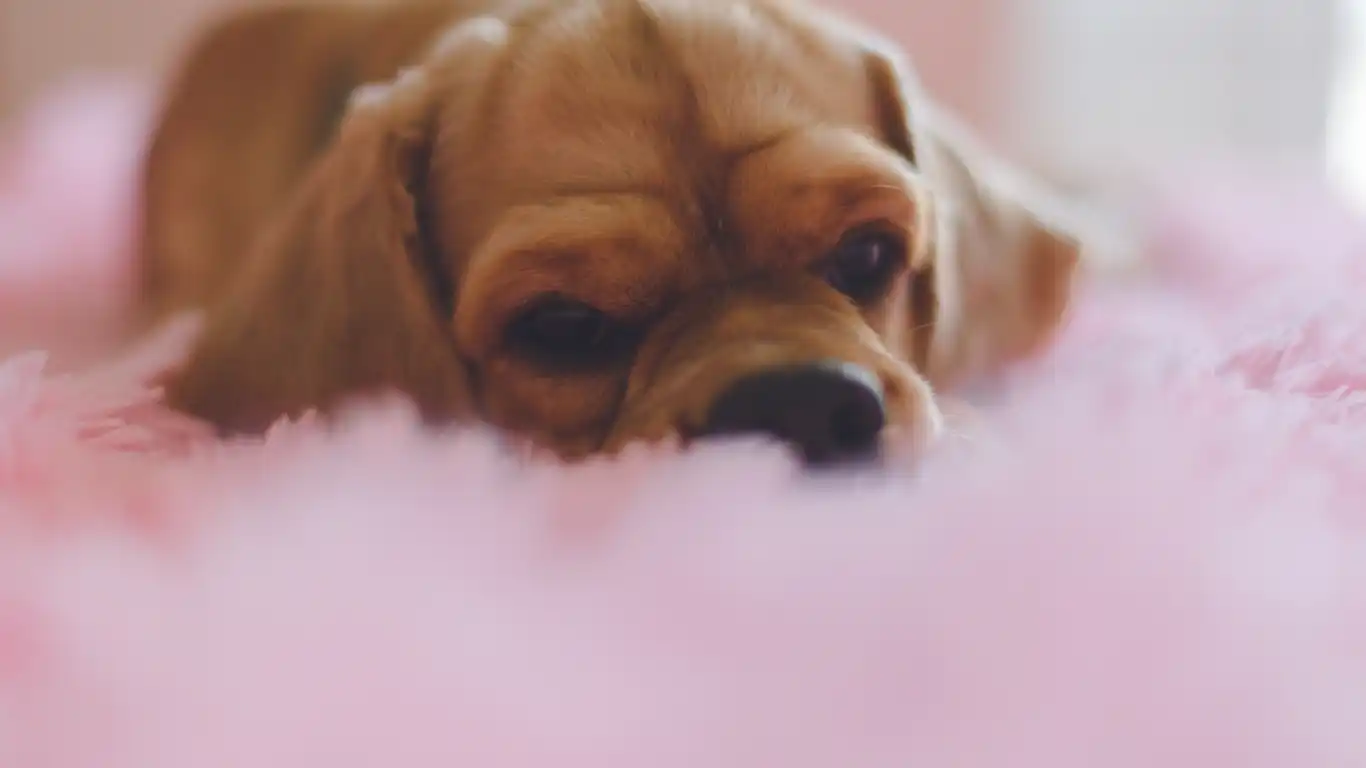
1. Start with the Right Tools
I can’t count how many times I’ve had pet parents bring their dog in for mat removal—using a human hairbrush or a cheap plastic comb. Please don’t. Investing in quality grooming tools is one of the best tips for brushing a thick-coated dog. Here’s what I personally use and recommend:
- Undercoat rake: Ideal for pulling out dead undercoat without damaging the top layer.
- Slicker brush: Great for loosening mats and smoothing the outer coat.
- Dematting tool: If you’re dealing with tangles, this can save you—and your dog—a lot of pain.
- Comb: A finishing tool that helps check for leftover knots and gives a polished look.
2. Don’t Brush Dry—Use Conditioning Spray
Dry brushing can break hair and irritate the skin. I always keep a conditioning spray or detangler handy. Spritz lightly before you start—it helps the brush glide through the fur and minimizes tugging. And bonus: it can leave your pup smelling like they just left a doggie spa.
3. Follow the Lay of the Fur
This might seem obvious, but brushing against the grain can be super uncomfortable for your pup. Always start at the shoulders and work your way back, brushing in the direction the hair naturally falls. For those feathered legs and tails? Gentle strokes, working in small sections.
4. Work in Layers
This tip changed the game for me. Instead of raking the brush across the top layer (which barely touches the undercoat), use your free hand to lift sections of fur. Then brush from the skin outward in small areas. It takes more time, but it’s so much more effective and prevents mats from forming underneath the surface where you can’t see them.
5. Make It Positive (For Both of You)
Brushing shouldn’t be a wrestling match. Start slow, use treats, praise generously, and know when to take breaks. If your dog associates grooming with stress, they’ll squirm, resist, or worse—start hiding when they see the brush. My own Border Collie used to treat the grooming kit like it was a monster until I started brushing her while she was munching on a frozen peanut butter Kong. Game changer.
Timing Is Everything: When and How Often to Brush
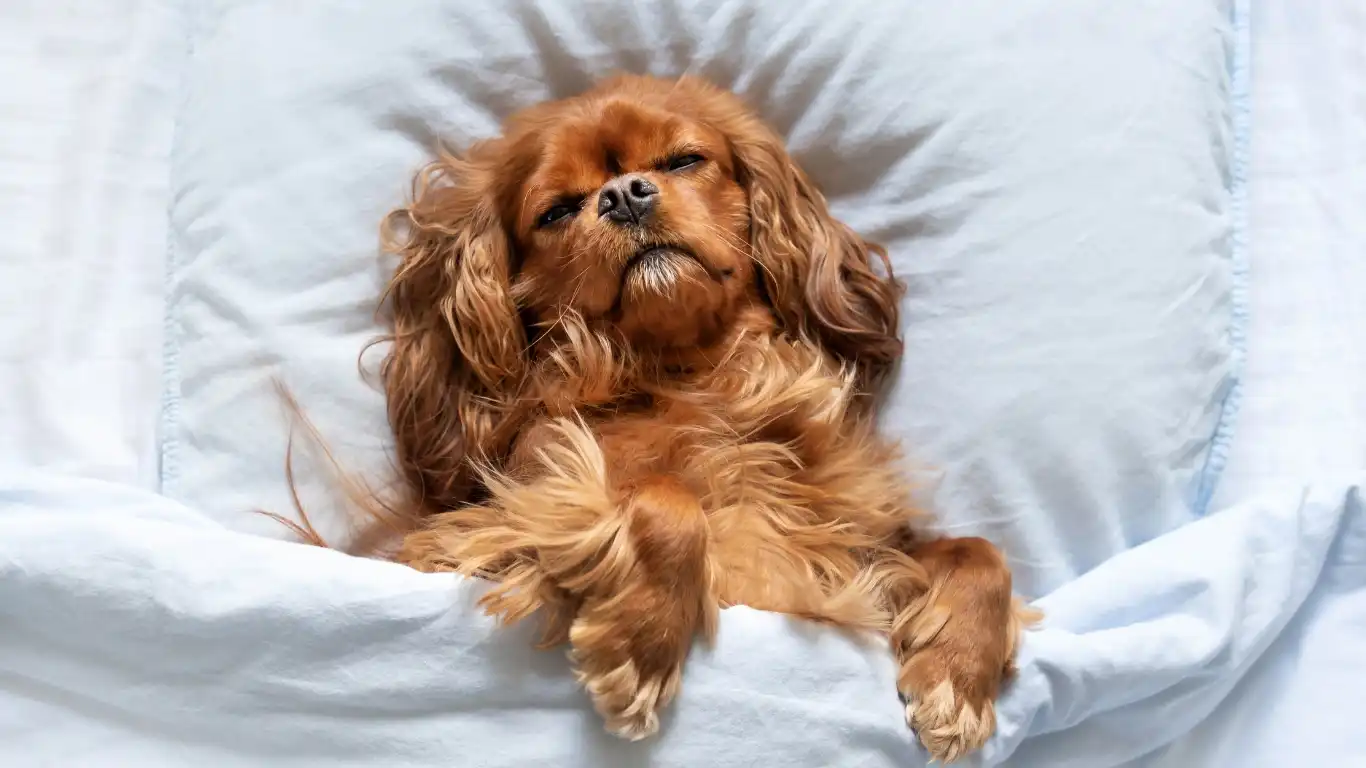
One of the most common questions I get from clients is: “How often should I brush my thick-coated dog?” The answer? It depends. I know, that’s not the most satisfying response—but let me explain.
During shedding season (usually spring and fall), you might need to brush daily, especially if your dog is blowing coat like a snowstorm. Outside of those seasons, 2–3 times a week is typically enough to prevent matting and keep their coat healthy. That said, if your pup is a mud-lover or has a knack for collecting burrs during hikes, you may be brushing more often.
Personally, I like to schedule quick touch-ups every couple of days with my own dogs, just so their fur doesn’t get away from me. It’s way less overwhelming than letting things build up until brushing becomes a full-on project. And hey, it’s quality bonding time—especially when treats are involved.
Know the Signs That Brushing Is Overdue
If you’re unsure whether your brushing schedule is enough, here are a few red flags to look for:
- Clumps of fur coming off with every pet
- Visible mats behind ears, under arms, or along the hind legs
- Excessive scratching or licking
- Fur that feels greasy or looks dull
If any of these sound familiar, it might be time to break out the grooming kit—or consult a pro if things are really tangled up.
What to Do When Mats Happen

Take a Breath—It Happens
Even with the best intentions, mats can sneak up on you. Especially behind the ears, under the collar, or around the armpits—basically anywhere fur rubs against fur. I once had a client come in near tears because her long-haired shepherd had developed a solid mat under his tail. She was convinced she’d failed as a dog mom. Nope—just needed a game plan.
Tools for Tackling Tough Tangles
When you find a mat, resist the urge to tug at it or attack it with scissors (please!). Instead, try this:
- Apply detangling spray and let it sit for a minute.
- Gently separate the mat with your fingers—start from the outside and work in.
- Use a dematting comb or slicker brush in short, gentle strokes.
If the mat is tight to the skin or your dog is in pain, stop and contact a groomer or vet. In-clinic, we sometimes have to shave mats out under sedation for the dog’s comfort and safety. That’s why staying ahead with regular brushing is always the better route.
Nutrition and Coat Health: More Connected Than You Think
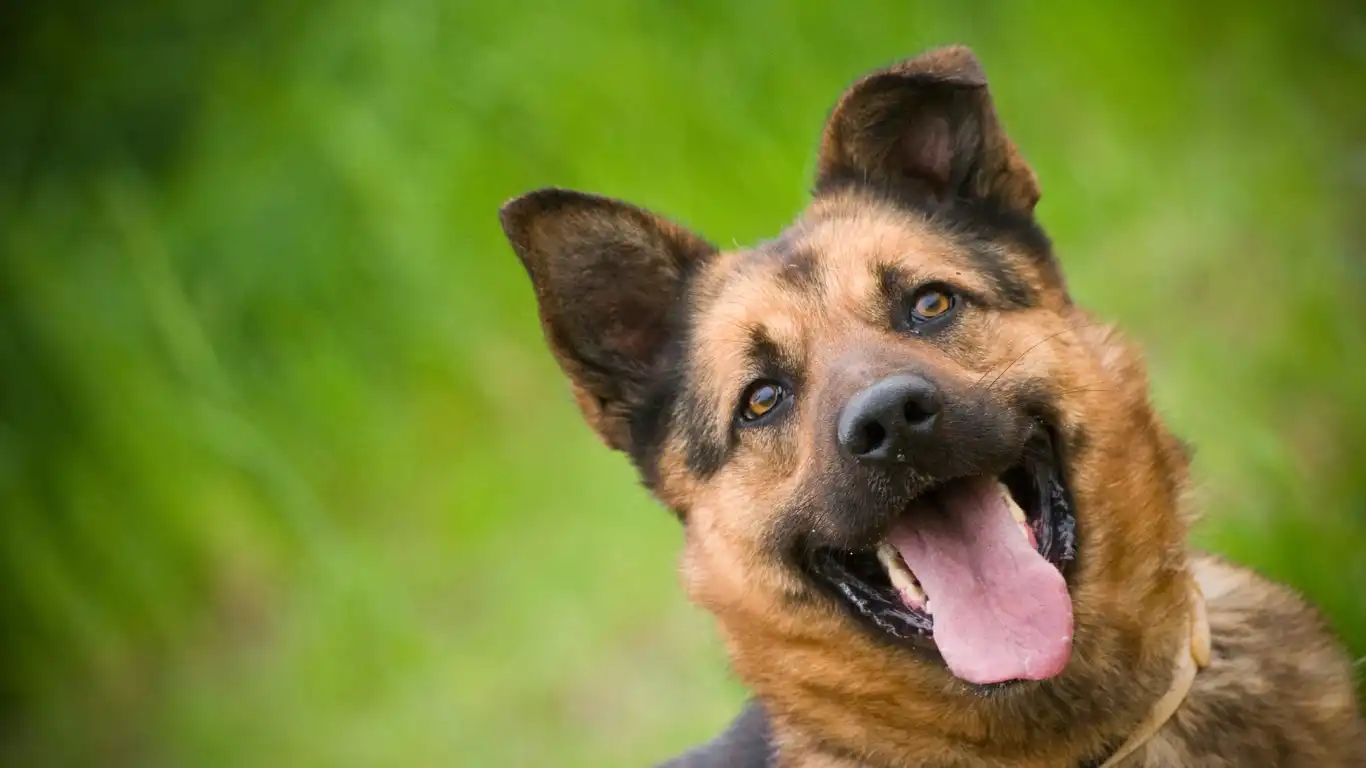
Here’s where my nutrition nerd side comes in. If your dog’s coat looks dull, brittle, or feels rough—even with regular brushing—it might not be a grooming issue. It could be a diet thing.
Essential Nutrients for a Shiny, Healthy Coat
A thick coat thrives on:
- Omega-3 and Omega-6 fatty acids – These support skin hydration and reduce inflammation. Look for fish oil or flaxseed in your dog’s food or consider a supplement.
- Protein – Hair is made of keratin, a protein. If your dog’s diet is low in high-quality animal proteins, their coat might suffer.
- Zinc and Biotin – These are crucial for skin integrity and hair strength. Some breeds (like Huskies and Malamutes) are especially sensitive to zinc levels.
In practice, I’ve seen dramatic coat improvements in dogs just by adjusting their nutrition. One of my patients, a senior Samoyed, went from looking patchy and dull to full-on fluff king status in just two months after his owner switched to a fish-based diet and added a good quality omega supplement.
How to Make Grooming a Habit—Not a Hassle
Set the Scene
Find a space where both you and your dog can be comfortable. I prefer sitting on the floor with my dog between my legs so I can gently guide them while brushing. If your dog’s nervous, play calming music or use pheromone diffusers to take the edge off.
Stick to a Routine
Dogs thrive on routine. Try brushing at the same time every day or every other day. For us, it’s post-dinner when everyone’s winding down. My dogs have come to expect it—and I swear they actually line up for their turn now. (Well, one does. The other still needs some convincing with peanut butter.)
Use the Right Language
Instead of saying “brush time!” (which used to send my dog running), I changed the cue to “spa time.” Silly? Maybe. Effective? Absolutely. Your tone and energy matter—if you’re calm and chill, your dog is more likely to be too.
Reward, Reward, Reward
Whether it’s a treat, belly rub, or a favorite toy afterward, reinforcing that grooming equals good things will make future sessions easier for both of you. I’ve even worked with clients who created a “grooming treat jar” that only comes out during brushing sessions. Brilliant, right?
Know When to Get Help
There’s no shame in calling in a professional. If your dog’s coat has gotten away from you or they absolutely refuse to tolerate home grooming, a good groomer or vet tech (hi!) can help reset things. Sometimes all you need is a fresh start—and a little guidance to keep it up.
Grooming Tips for Senior Dogs and Puppies
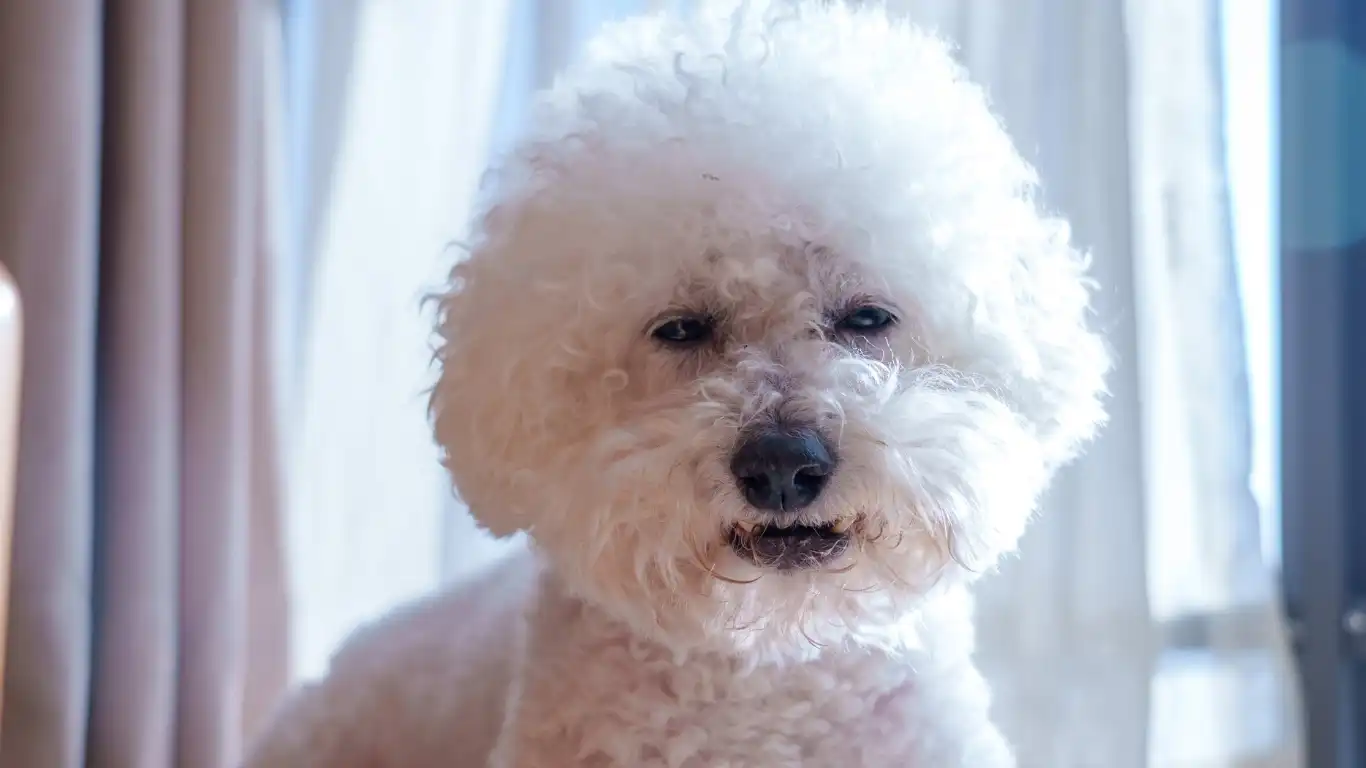
Brushing a thick-coated dog is one thing—but brushing a squirmy puppy or a stiff, senior dog? That’s a whole different ballgame. And as someone who’s helped dogs at every life stage, I can tell you: your approach has to adapt.
Puppy First Brushes: Keep It Light and Fun
When I get a new puppy patient in the clinic, I always remind pet parents: start brushing early and often. Not long sessions—just 2 to 3 minutes at first. It’s more about building positive associations than actual grooming in the beginning.
Use a super soft brush or grooming mitt and pair each stroke with praise or treats. The goal isn’t perfection—it’s patience. If a pup learns from the start that brushing is just another fun part of their day, you’ll thank yourself later. I’ve worked with some dogs that literally nap during their grooming sessions. That’s the dream, right?
Senior Dogs: Comfort Is Key
Older dogs often have arthritis, thinner skin, or just less tolerance for fuss. If your senior dog starts getting antsy or stiff during brushing, don’t force it. Look for signs of discomfort like lip licking, shifting weight, or trying to move away.
Here are a few senior-specific grooming tips I swear by:
- Use cushioned brushes to avoid irritating sensitive skin.
- Groom on soft surfaces like a yoga mat or carpeted area.
- Support joints if you need to lift a paw or leg—gently cradle, don’t yank.
- Break sessions into short bursts rather than trying to get everything done in one go.
With my own older patients, I like to turn grooming into a relaxing routine, almost like massage therapy. It keeps them clean, comfortable, and gives me a chance to check for lumps, bumps, or skin issues early.
Common Brushing Mistakes (And What to Do Instead)
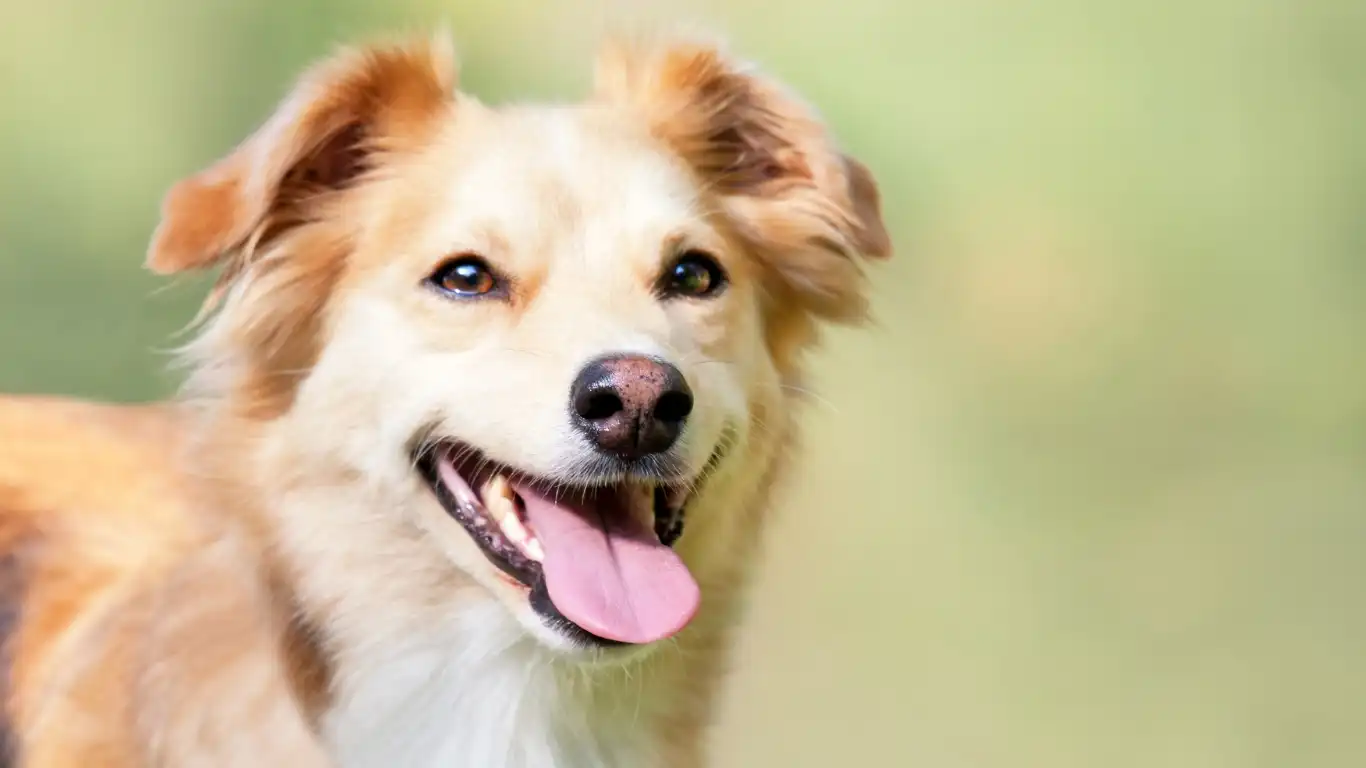
Using the Wrong Brush
One of the biggest issues I see is pet parents using the wrong tools. A slicker brush on a short-coated dog? Overkill. A soft bristle brush on a double-coated dog? Useless. When it comes to best tips for brushing a thick-coated dog, using a tool made for their coat type is crucial.
Still not sure what brush to get? Most local groomers or veterinary staff (like me!) are more than happy to guide you—and trust me, it’ll save you time, money, and frustration in the long run.
Overbrushing
Yes, it’s a thing. If you’re brushing your thick-coated dog too aggressively or too often—especially without any tangles to address—you could irritate their skin or even cause hair breakage. That’s why it’s important to balance regular maintenance with gentle technique.
Skipping Key Areas
We all tend to focus on the back and sides—it’s the easiest to reach. But don’t forget these tangle-prone zones:
- Behind the ears
- Under the collar or harness
- Armpits and groin area
- Feathering on legs and tail
These spots can mat up fast and go unnoticed until they’re a bigger problem. I’ve had to shave more mats from armpits than I can count. A quick once-over in these areas during every session can make a huge difference.
Seasonal Grooming Adjustments
Depending on where you live, your dog’s grooming needs might shift with the seasons. In hotter climates, thick-coated dogs still need their full coat—it acts like insulation—but you might need to brush more often to keep things breathable and mat-free.
During winter months, snow and ice can clump in long fur, especially between the toes and under the belly. A light trim in those areas can help, as well as brushing after snowy walks to remove moisture and prevent matting.
And of course, spring and fall are shedding seasons for double-coated breeds. This is prime time for undercoat rakes, vacuum upgrades, and extra patience!
Grooming as Preventative Care
Here’s something I always try to stress to clients: brushing isn’t just about looking pretty. It’s preventive healthcare. While grooming, you’re checking for fleas, ticks, lumps, irritated skin, or even unusual smells that could signal infection.
I’ve caught more than one skin issue early during a routine brushing session—some of which would’ve gone unnoticed until they got worse. You know your dog better than anyone, and brushing gives you a regular opportunity to spot changes before they become vet visits.
Make Grooming Part of the Wellness Routine
Pair brushing with other care habits—nail trims, ear checks, tooth brushing—and you’re not just keeping your dog clean, you’re giving them a total wellness check. It’s a win-win.
References
Disclaimer
This article is based on my personal experience as a Veterinary Technician specializing in pet nutrition and grooming. It is intended for informational purposes only and should not replace professional veterinary advice. Always consult your veterinarian for specific guidance related to your dog’s health and grooming needs.
